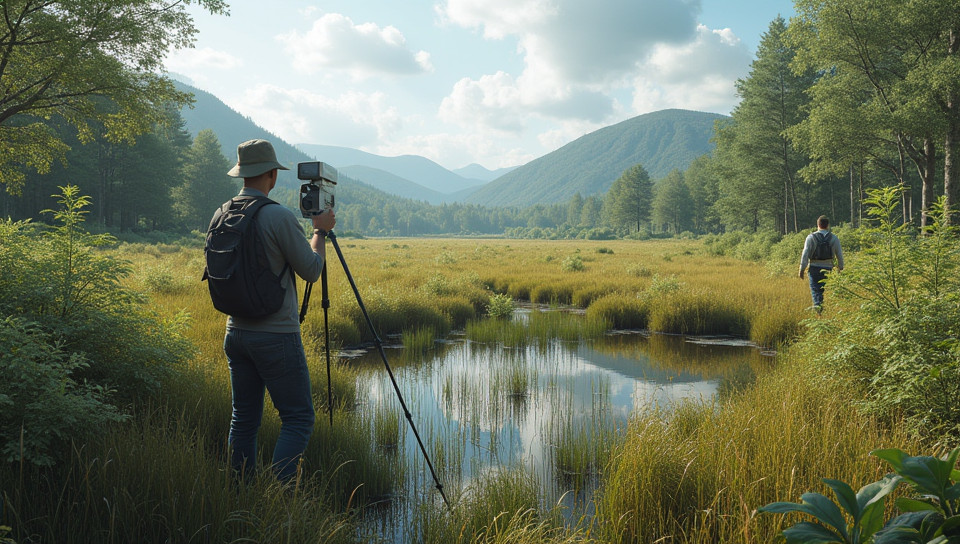Ecological surveys identify damaged areas 80%

Ecological Surveys Identify Damaged Areas
The natural world is facing unprecedented threats, from climate change to pollution and habitat destruction. In order to understand the full extent of these impacts, ecologists rely on a crucial tool: ecological surveys. These assessments provide valuable insights into the health of ecosystems and identify areas that require urgent attention.
The Importance of Ecological Surveys
Ecological surveys involve monitoring the diversity of plants, animals, and microorganisms in a given area. By analyzing data from these surveys, scientists can: - Identify key species that are struggling to survive - Determine the impact of human activities on local ecosystems - Track changes over time to understand long-term trends
The Role of Ecological Surveys in Conservation Efforts
Ecological surveys inform conservation strategies and policy decisions. By pinpointing areas of high conservation value, these assessments help prioritize efforts to protect vulnerable species and habitats.
Case Studies: Success Stories from Ecological Surveys
From the restoration of coral reefs to the reintroduction of endangered species, ecological surveys have driven positive change in ecosystems worldwide. For instance:
- The Australian government used data from an ecological survey to inform a conservation plan for the critically endangered northern bettong.
- In South Africa, researchers employed ecological surveys to develop strategies for protecting the critically endangered southern ground hornbill.
Conclusion
Ecological surveys are a vital tool for understanding and mitigating the impacts of environmental degradation. By identifying damaged areas and informing conservation efforts, these assessments empower scientists, policymakers, and communities to work together towards a healthier planet.
- Created by: Benicio Ibáñez
- Created at: Nov. 9, 2024, 1:06 p.m.
- ID: 15690



